After the bronze age, people discovered several metals, which lasted from roughly 3300BC to 1200BC, and utilized them for various uses. In the later periods, they developed these different types of metals requiring for other applications. However, modern scientists further developed these metals and discovered new elements. The big companies are now using these metals in thousands of applications based on market demand.
Today’s post will go through the top twenty metals that are the most popular in industrial manufacturing. However, we’ve divided the lists into ferrous metals and non-ferrous metals to keep things easy.
Three types of Ferrous Metals
Any metal with high iron content and magnetic characteristics is ferrous metal. The hardness, durability, and tensile strength of ferrous metal are prevalent in manufacturing.
Their characteristics make them ideal for skyscrapers, bridges, railroad projects, and vehicles in industrial and architectural sectors. Steel, cast iron, and wrought iron are the three most prevalent kinds of ferrous metals.
Steel
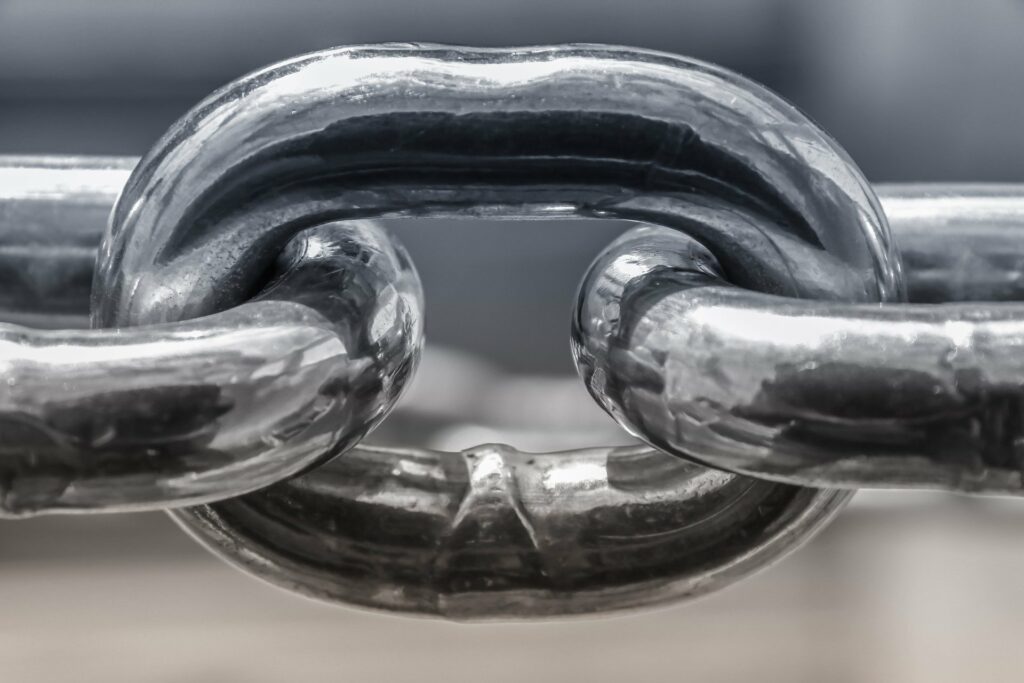
It is an iron alloy with a few tenths of carbon added to enhance strength and fracture resistance compared to other iron types. There are four types of steel.
- Carbon Steels: Carbon steel has a dull, matte appearance and it is corrosive. Low, medium, and high carbon steel are the three kinds, with low having approximately 0.30 percent carbon, medium 0.60 percent, and high 1.5 percent.
- Alloy steels: Alloy steel combines multiple metals such as Nickel, copper, and aluminum. Automobile components, pipelines, ship hulls, and mechanical projects prefer alloy steels since they are less expensive and more corrosion resistant. The concentration of the ingredients determines the strength of these alloys.
- Stainless steel: Stainless steels are by far the most popular on the market. This kind is lustrous and has 10 to 20% chromium as its primary alloying ingredient. This combination makes the steel corrosion-resistant and extremely easy to mold into various forms.
- Tool steel: Tool steel is famous for its hardness and resistance to heat and abrasion. These metals get their name because they’re often used to manufacture metal tools, such as hammers. They have a mixture of cobalt, molybdenum, and tungsten elements and are the fundamental cause for tool steel’s superior heat resistance and endurance properties.
Application: Sheets for deep-drawn automobile bodies and appliances, all kinds of construction, railroad rails, and wires, etc.
Cast Iron
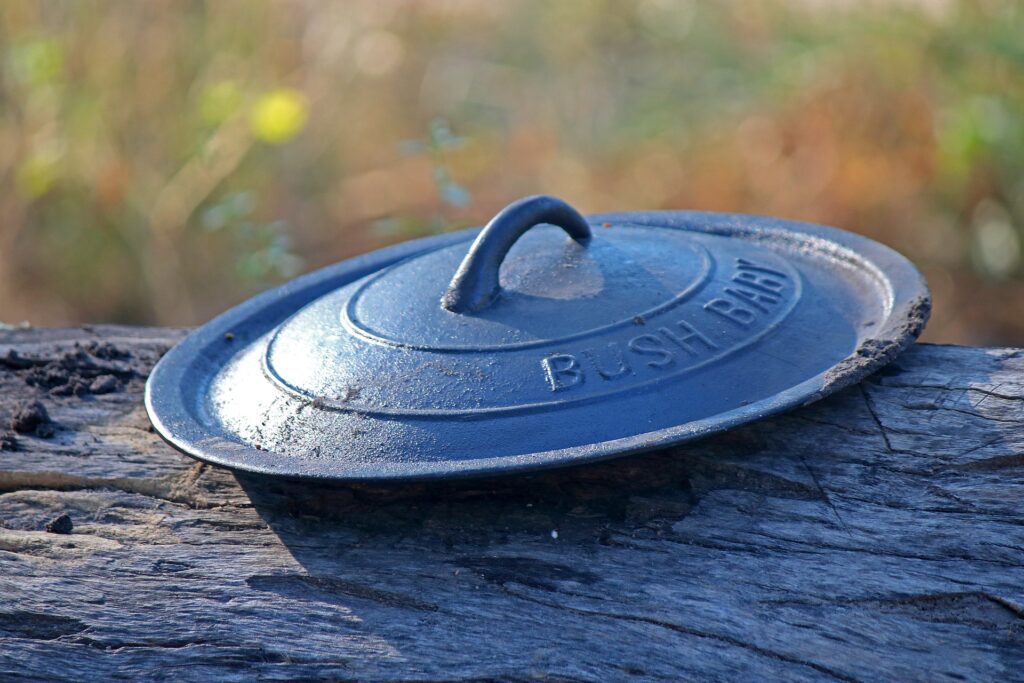
It is an iron alloy containing 2 to 4% carbon, variable quantities of silicon and manganese, and traces of sulfur and phosphorus. Production happens in a blast furnace by reducing iron ore.
Application: Making pipes, machines, automotive parts, pots, pans and utensils, anchors for ships, etc.
Wrought Iron
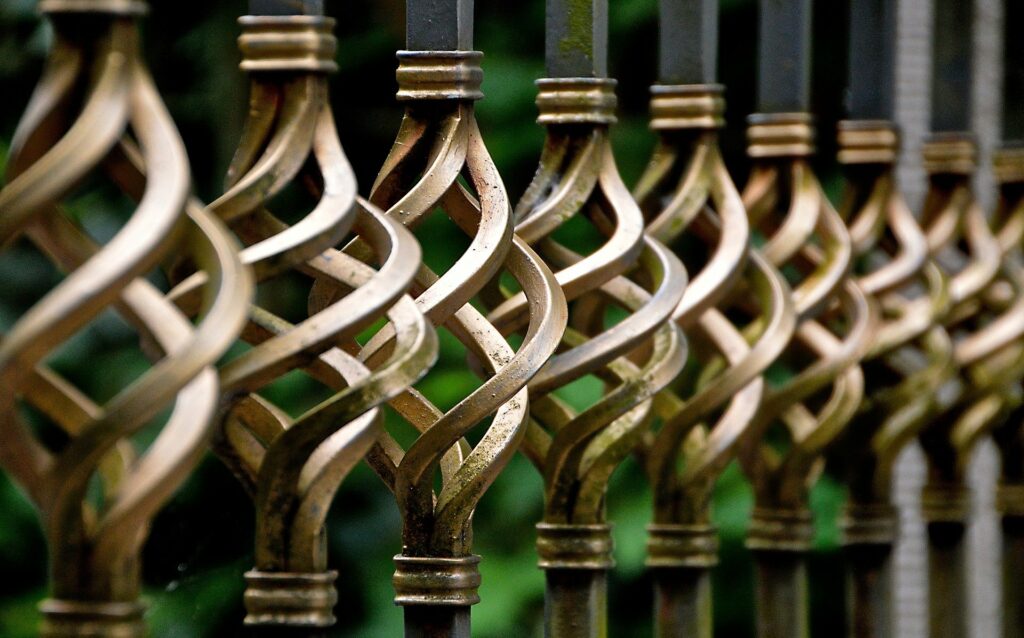
When compared to cast iron, wrought iron is an iron alloy with a very low carbon concentration. It’s a semi-fused iron mass with fibrous slag inclusions that give it a “grain” that looks like wood when etched or twisted to the point of failure.
Application: Making pipe, bars for stay bolts, engine bolts, rivets, plates, unique chains, crane hooks, etc., and forging applications
Seventeenth types of Non-ferrous metals
Non-ferrous metals are metallic or alloys that do not include significant quantities of iron in metallurgy. These metals are essential for desired characteristics such as reduced weight, better conductivity, non-magnetic property, or corrosion resistance. They are often more expensive than ferrous metals.
Aluminum
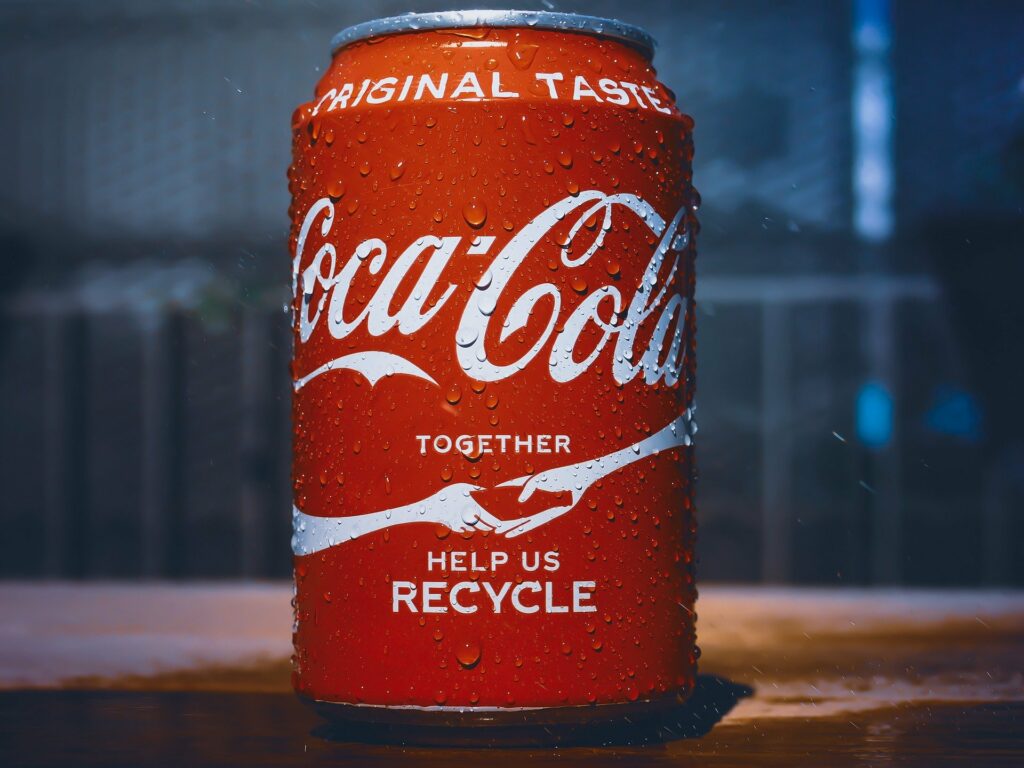
Aluminium is a silvery metal that is soft and lightweight. It has the atomic number 13 and belongs to the boron group on the periodic chart. Aluminium is the most plentiful metal on the Earth’s crust and the third most abundant element after oxygen and silicon. It makes up 8% of the weight of the Earth’s solid surface.
Aluminium is both an excellent thermal and electrical conductor. It is a light metal with one-third the density and rigidity of steel. Because it is ductile and malleable, you can readily machine, cast, and extrude it.
Application: Power lines, high-rise buildings, window frames, consumer electronics, household, and industrial appliances, aircraft components, spacecraft components, ships, trains, personal vehicles.
Nickel
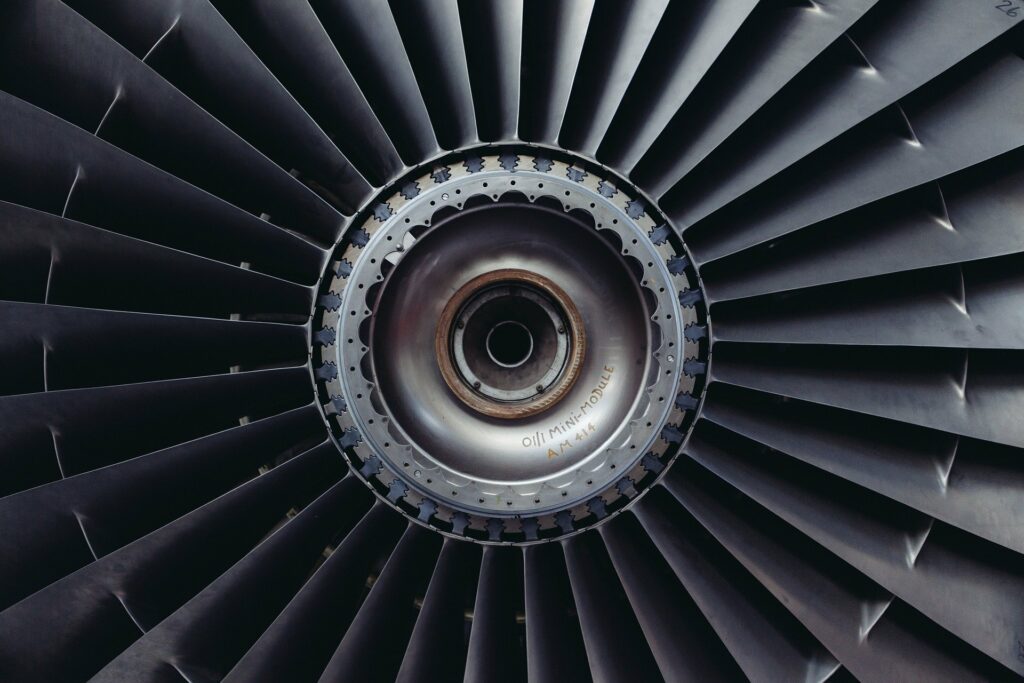
Nickel is a naturally occurring element derived from the Earth’s core. It is silver-white in hue, with a gleaming foundation and a golden tinge. People consider Nickel to be helpful due to its malleable and corrosion-resistant characteristics. Miners extract Nickel from two types of ores: magmatic sulfides and laterites.
Nickel may alloy with steels, irons, coppers, chromium, aluminium, lead, cobalt, silver, gold, and other elements To produce stainless steel, cast irons, and other alloys.
Applications: Nickel is extensively prevalent in the production of alloys, as well as in transportation, aerospace, marine, architectural, and consumer applications. It is beneficial in the production of cutlery, coins, magnets, and other metals.
Copper
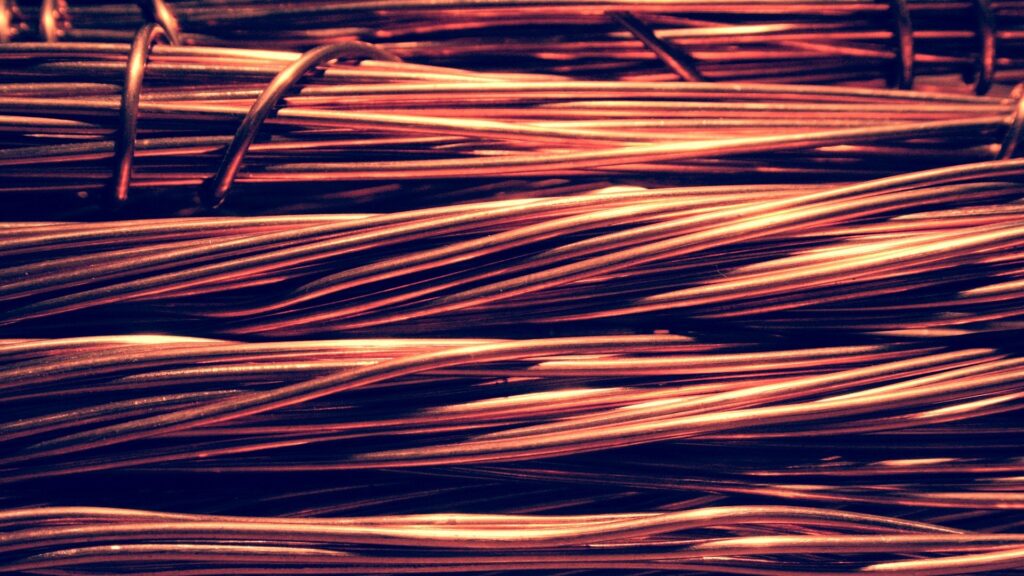
Cu is a transition metal with the number 29 on the periodic table. It has an atomic weight of 63.55 AMU and several neutrons of 29. (atomic mass units). It’s a ductile, malleable reddish-gold metal that’s also a good heat and electricity conductor. Copper was the first metal that humans dealt with, and it is still one of the most common metals today.
Applications: Copper is prevalent in making wires, heat sinks, electromagnets, and electric motors, but production also utilizes it in structural components and pipes. Copper has an advantage over other metals in these applications because its air oxidation protects against additional corrosion.
Brass
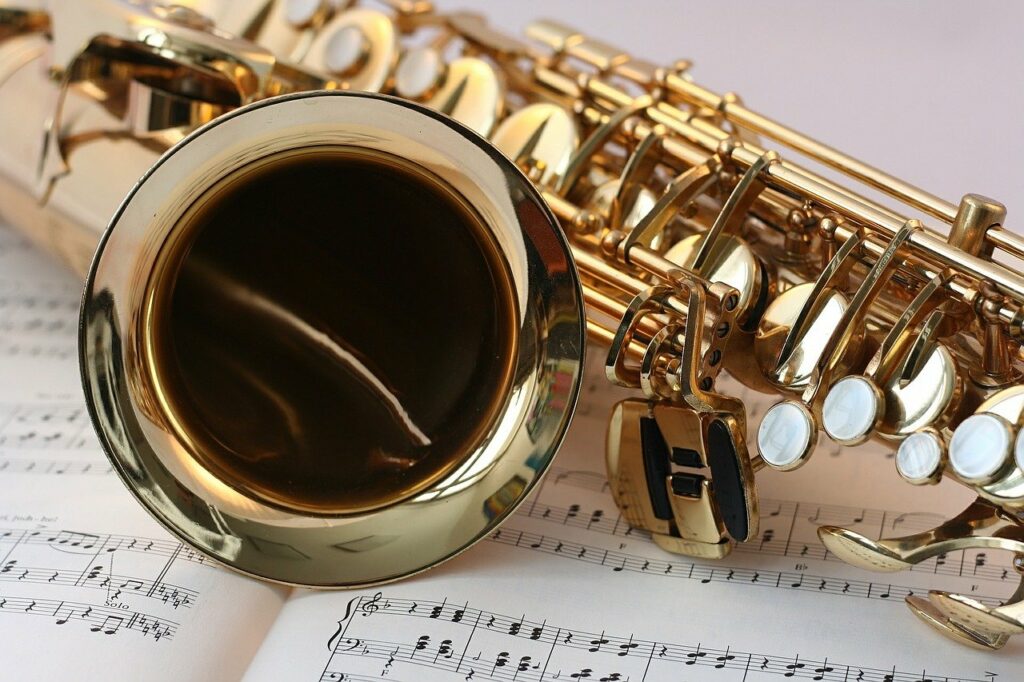
Brass is a non-ferrous red metal that is made up of copper and zinc alloys. Copper and zinc proportions changed the properties to produce various mechanical and electrical characteristics. Brass is a substitutional alloy because it includes atoms of the two-component elements that may replace them inside the same crystalline structure.
Applications: Brass casts well, is robust and beautiful, and has antibacterial properties because of its high copper concentration. Brass is often used to make musical instruments, ornamental trimmings, fasteners, bullet casings, and various other things.
Bronze

Bronze is a metal alloy mainly of copper and containing 12% tin. Aluminium, arsenic, manganese, phosphorus, and silicon, for example, have distinct characteristics. Leaded bronze, Phosphor bronze, Aluminum bronze, Silicon bronze, and Manganese bronze are some of the most common bronze alloys from these combinations.
Bronze has many distinct characteristics that make it ideal for various uses, from art to computer technology. Bronze has a reddish-brown hue, is complex and brittle, and has a melting temperature of 950 degrees Celsius.
Applications: The properties of bronze make metal ideal for both practical and aesthetic uses, such as marine and fishing. Because of its excellent corrosion resistance, shipyards often choose bronze fittings and propellers on many boats and ships.
Because of their high electrical conductivity, certain bronze alloys are incredibly suitable for electrical applications. On the other hand, the low metal-to-metal friction of the material makes it ideal for high-stress situations, such as those found in bushings and bearings.
Zinc
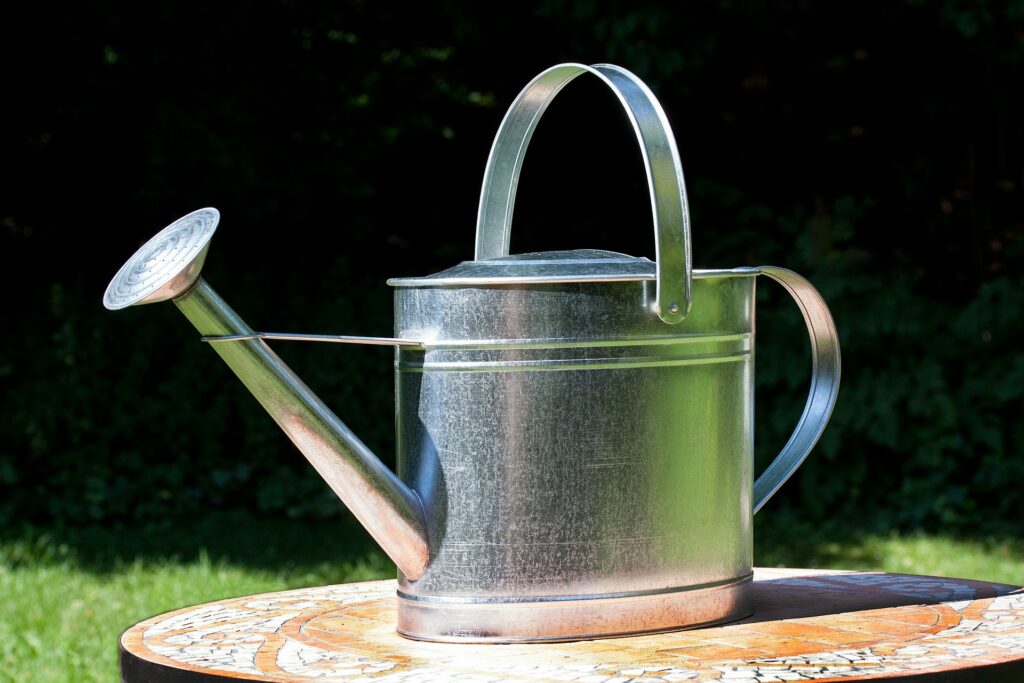
Zinc (Zn) is an excellent metal found in the Earth’s crust with a wide range of industrial and biological applications. It is brittle and blue-white at room temperature, but it is gleaming if you polish it.
Zinc is a primary metal that is mainly used to galvanize steel to protect it against corrosion. Zinc alloys, such as brass, are popular in various applications, ranging from corrosion-resistant naval components to musical instruments.
Applications: Car bodywork, street light poles, safety barriers, and suspension bridges are all galvanized steel.
Die-castings, essential in the automotive, electrical, and hardware sectors, need large amounts of zinc. Brass, nickel silver, and aluminium solder are all alloys that include zinc.
Paints, rubber, cosmetics, medicines, plastics, inks, soaps, batteries, textiles, and electrical equipment are just a few of the items that include zinc oxide. Luminous paints, fluorescent lights, and x-ray screens all use zinc sulfide.
Silver
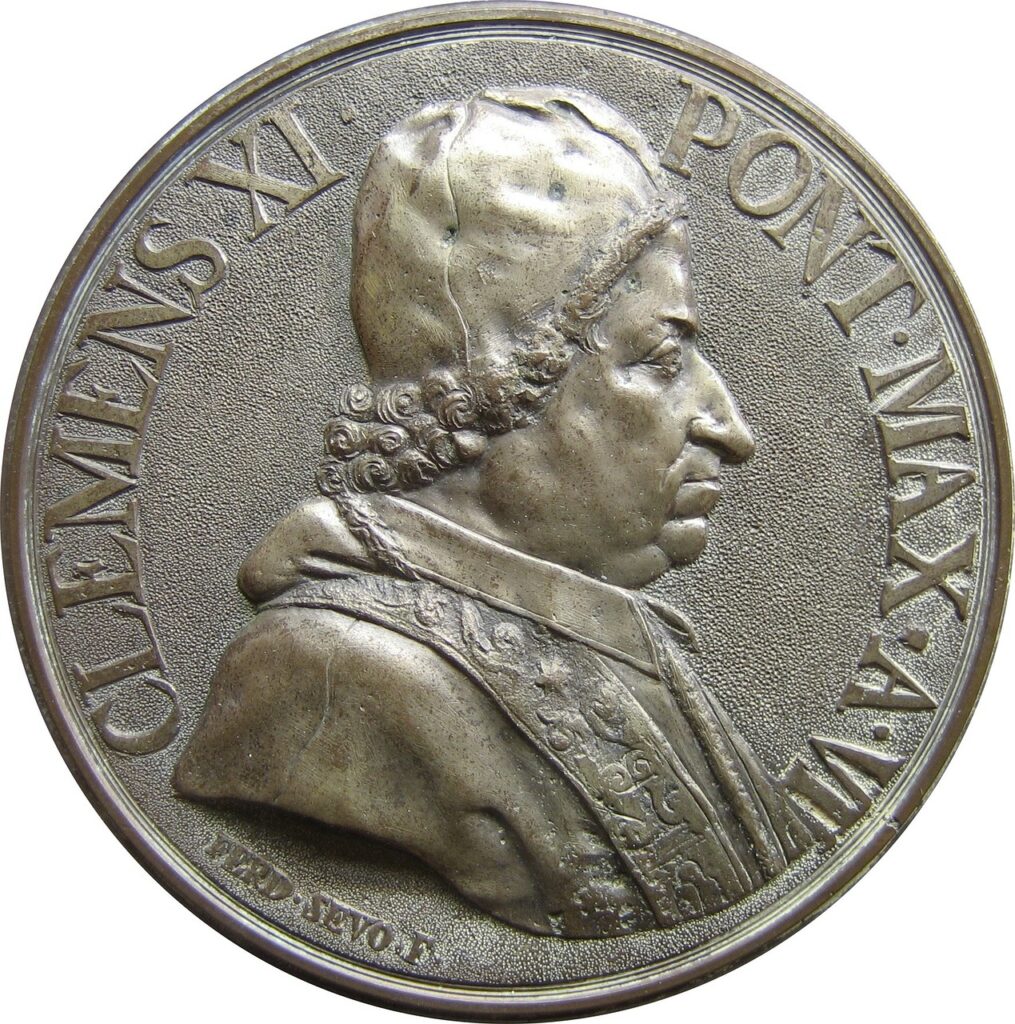
Ag is a shiny white metal with good electrical conductivity and aesthetic appeal. It is one of the so-called precious metals, along with gold and platinum-group metals.
Fabricating printed electrical circuits and as a vapour-deposited coating for electronic conductors utilizes silver because it possesses all metals’ greatest known electrical and thermal conductivity. It may also have alloy with Nickel or Palladium for use in electrical connections.
Applications: Silver has been popular in making coins, decorations, and jewellery for a long time. People use silver as a catalyst because of its remarkable capacity to convert ethylene to ethylene oxide, a precursor to many chemical molecules.
Gold
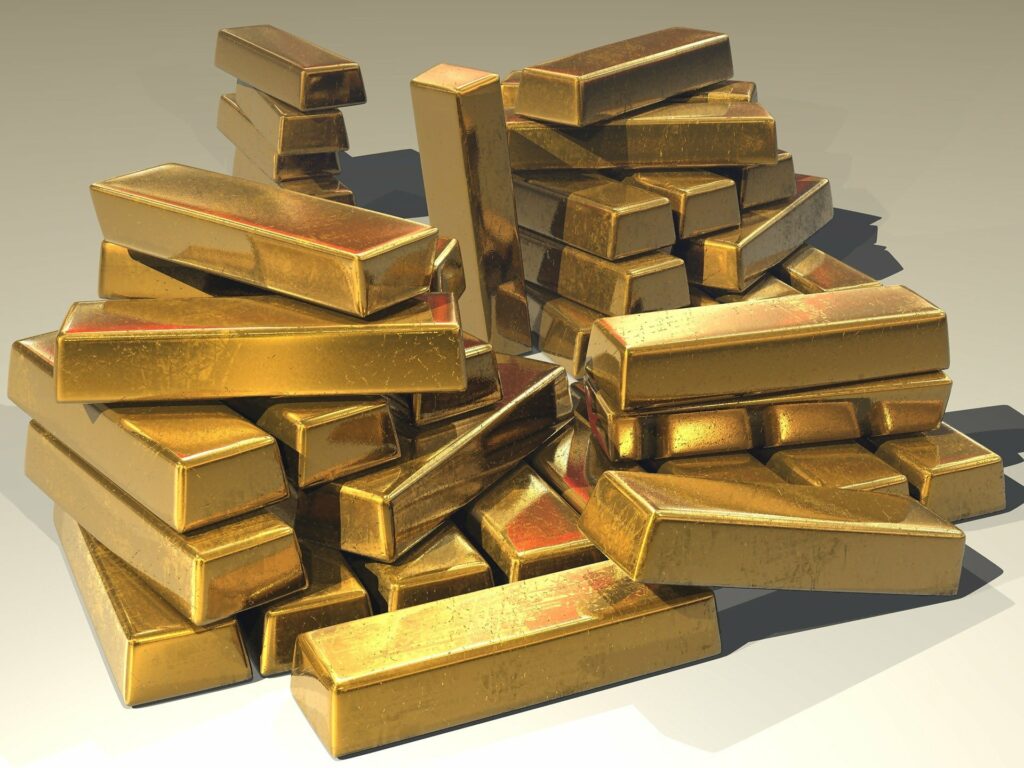
Au is a rich, brilliant yellow precious metal belonging to Period 6’s Group 11 (Ib). It has several characteristics that have made it very precious throughout history. It has a pleasing colour and brightness, is almost indestructible, is highly flexible, and is typically found in nature in a relatively pure form. Gold has a history unlike any other metal because of its perceived worth from the dawn of time.
Applications: Gold is famous mainly for making currency, decorations, jewellery, and gilding. Green gold is a popular choice for jewellery. It is a gold, silver, and copper alloy with karat values ranging from 14 to 18 karats.
Gold is also popular in the textile business. Electronic tubes use gold-plated grid wire to provide excellent conductivity while also reducing secondary emissions.
Lead
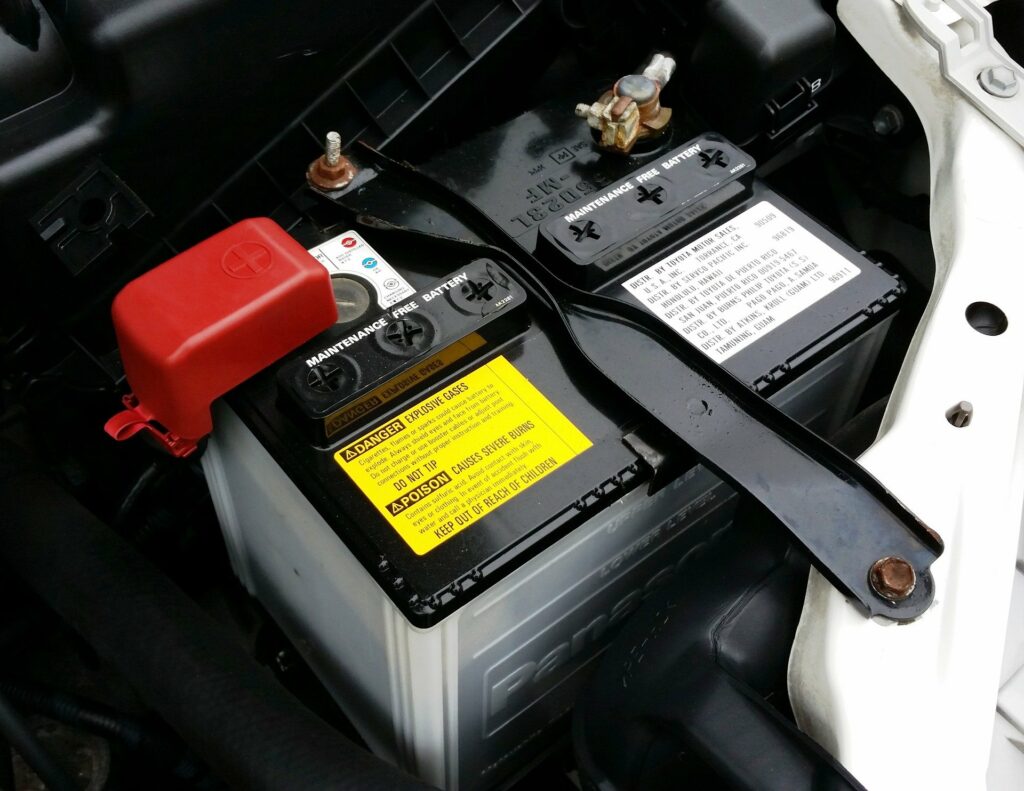
Lead (Pb) is a heavy metal that has a higher density than most other metals. It is soft and pliable, as well as having a low melting point. Lead is silvery with a touch of blue when newly cut; it tarnishes to a drab grey colour when exposed to air.
Applications: Car batteries, pigments, ammunition, cable sheathing, lifting weights, diving weight belts, lead crystal glass, and radiation protection are all examples of uses for lead.
Lead is suitable for storing Corrosive liquids. The architect uses lead in stained glass windows and for roofs.
Cobalt

It is an underappreciated metal with a wide range of applications, fascinating facts, and dynamic characteristics. It is one of the d-block elements, or transition metals, on the periodic table.
Cobalt, like many other transition metals, is usually found in the form of an alloy. People usually extract cobalt via mining, and Congo and Zambia on the African continent are famous for Cobalt mining.
Application: Because cobalt, like iron, can be magnetic, the manufacture of magnets is an example of the use of cobalt. However, alloy with aluminium and Nickel produces powerful magnets.
High-temperature applications such as jet turbines and gas turbine generators are also one of the uses of cobalt. Because of its appealing look, hardness, and corrosion resistance, it is sometimes prevalent in electroplating.
People used Cobalt salts in paint, porcelain, glass, pottery, and enamels to create beautiful blue colours for millennia. Cobalt-60, a radioactive isotope, is used to cure cancer and irradiate food in certain nations to preserve it.
Platinum

Platinum is a non-reactive metal that nature has small in amounts. It is a noble metal because of its outstanding corrosion resistance, even at high temperatures. With an average abundance of about 5 μg/kg, it is one of the rarest elements in the Earth’s crust.
Nickel and copper ores have a certain amount and some native deposits, mainly in South Africa, which produces 80% of the world’s supply.
Applications: Platinum is often prevalent in the jewellery industry. Its primary use is in catalytic converters for automobiles, lorries, and buses. The reaction utilizes platinum as a catalyst for nitric acid, silicone, and benzene in the chemical industry. Fuel cells also use platinum as a catalyst to enhance their efficiency.
Platinum is also often in the electronics sector for computer hard drives and thermocouples. Optical fibres and LCDs, turbine blades, spark plugs, pacemakers, and dental fillings are all made of platinum.
Platinum compounds are essential chemotherapeutic medicines used to treat cancer in various industrial and biological settings.
Tin
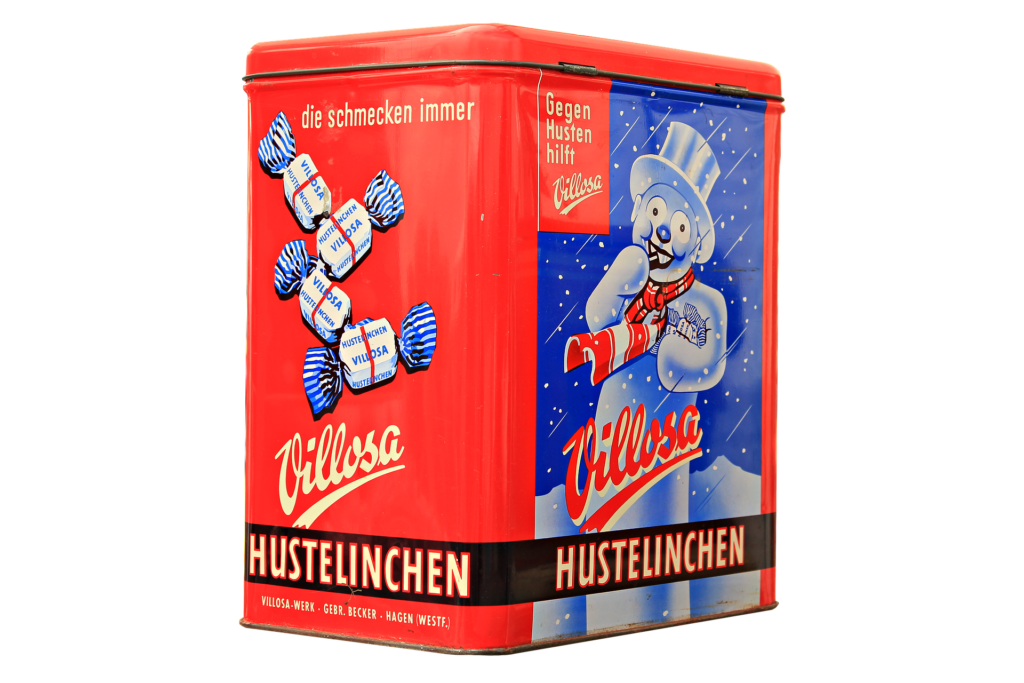
It is a corrosive-resistant silvery, soft, and malleable metal. It binds to a variety of chemical molecules. Cassiterite and stannine are two essential tin-bearing minerals found in Malaysia, Thailand, Zaire, Indonesia, and Bolivia. Coal reduction produces pure tin. Tin’s characteristics and uses are explored in this datasheet.
Applications: To prevent corrosion, it requires a high polish and coats other metals, such as tin cans has tin-coated steel. Tin alloys, such as soft solder, pewter, bronze, and phosphor bronze, are also one of the uses of tin. Superconducting magnets also require a niobium-tin alloy.
To create a level surface, most window glass is produced by floating molten glass over molten tin. Electrically conductive coatings are made by spraying tin salts over the glass.
Tungsten
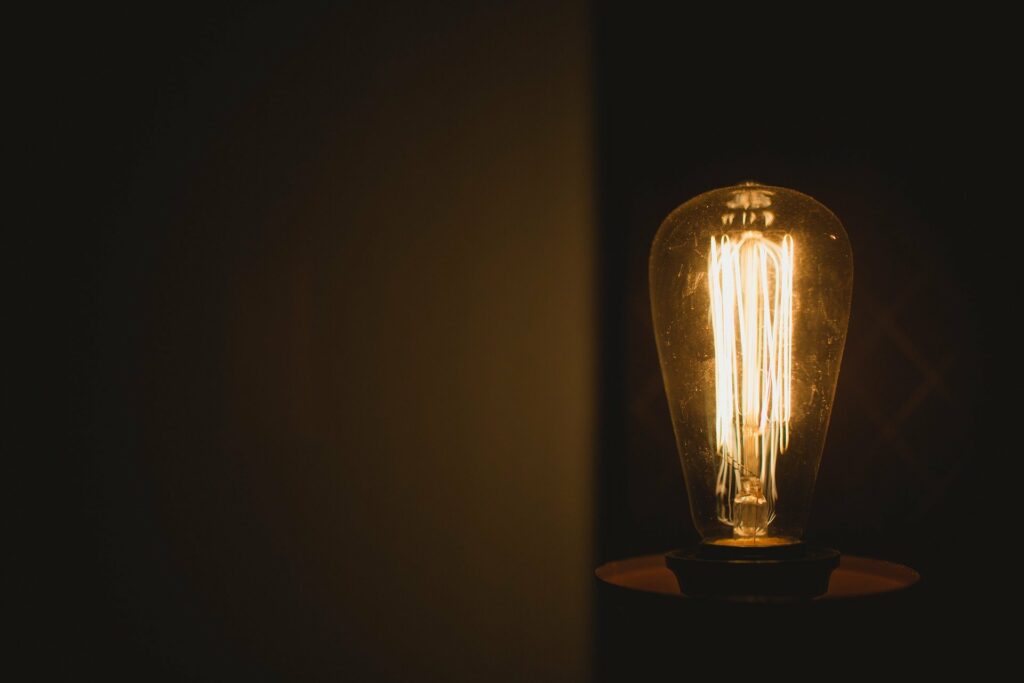
It is a transition metal found in the same column as chromium and molybdenum in the periodic table. The heaviest member of this group is tungsten, which has an atomic mass of 183 grams per mole.
Tungsten has the highest melting point of any metal and is used to reinforce other metals. The metalworking, mining, and petroleum sectors all rely on tungsten carbide because it is very hard. It’s produced by heating tungsten and carbon powder to 2200°C and combining them.
Applications: Before the twentieth century, people utilized tungsten in the filaments of old-style incandescent light bulbs, although many nations have phased them out. They generate considerably more heat than light since they are not particularly energy-efficient.
Various high-temperature applications use tungsten and its alloys, including arc welding electrodes and high-temperature furnace heating components.
Cutting and drilling equipment made of tungsten carbide is outstanding, including a new ‘painless’ dental drill that spins at ultra-high speeds. Fluorescent lighting often uses calcium and magnesium tungstates.
Titanium
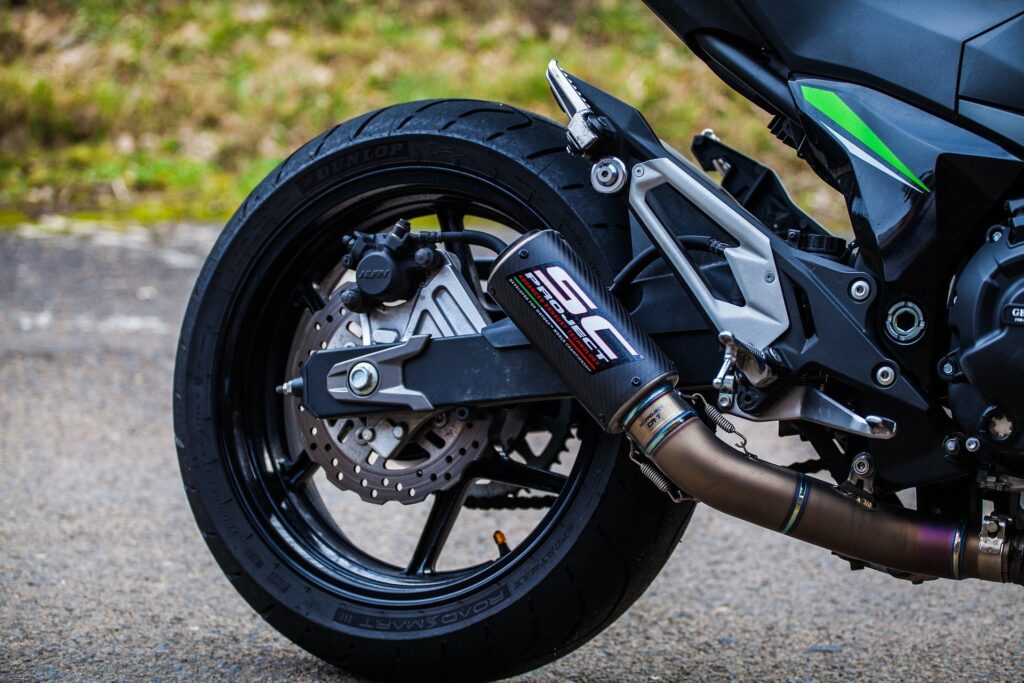
It is a light, high-strength, low-corrosion structural metal used in high-speed aviation components as an alloy.
It is abundant and makes up 0.44 percent of the Earth’s crust. Almost all rocks, sand, clay, and other soils contain the metal in some form. It may also be available in plants, animals, natural waterways, deep-sea dredgings, meteorites, and stars.
Applications: Because of their low density and ability to resist temperature extremes, aeroplanes, spacecraft, and missiles utilize titanium alloys in a great range. Golf clubs, laptop computers, bicycles, and crutches all contain them.
Power plant condensers use titanium because of their corrosion resistance. It also helps desalination plants and protects the hulls of ships, submarines, and other structures exposed to saltwater due to its high resistance to corrosion in seawater.
Because titanium metal bonds effectively with bone, Surgical procedures require titanium such as joint replacements (particularly hip joints) and dental implants.
Titanium is most often useful in the form of titanium(IV) oxide. You may find it in a wide range of products, including home painting, artist’s paint, plastics, enamels, and paper. Because it inhibits UV radiation from reaching the skin, sunscreens also contain titanium.
Palladium
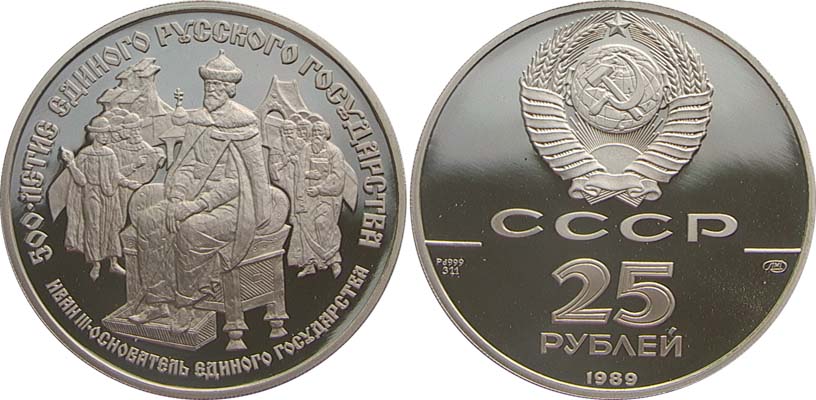
It is currently the most expensive of the four primary precious metals. The metal’s price has doubled in less than a year, making it more costly than gold. It is a crucial component in pollution-control systems for automobiles and trucks.
Applications: Primarily, Automobile catalytic converters utilize Palladium the most. Certain dental fillings and crowns, as well as jewellery. Ceramic capacitors, used in laptop computers and mobile phones employed in the electronics sector, are also an example of the uses of Palladium. These are made up of palladium layers sandwiched between ceramic layers.
Uranium
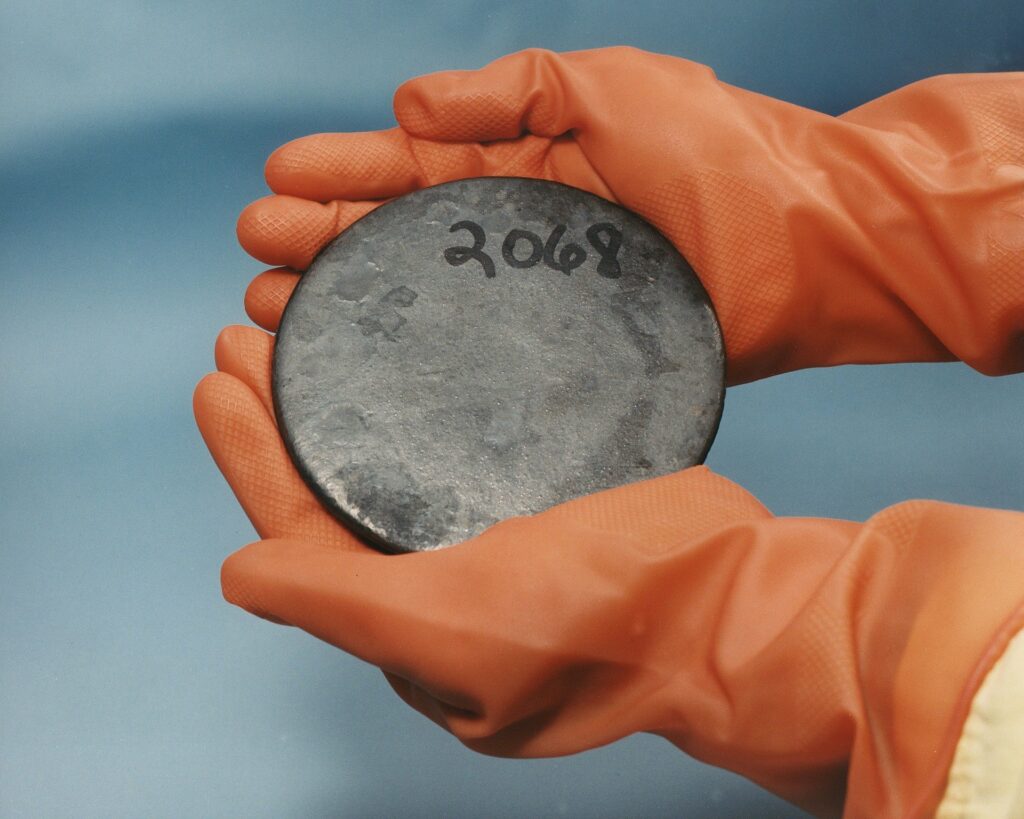
It is a heavy metal that has been popular as a concentrated energy source for more than 60 years. It is available in most rocks in quantities of 2 to 4 parts per million, and it is as abundant as tin, tungsten, and molybdenum in the Earth’s crust.
Applications: Nuclear power plants use uranium to produce energy as a nuclear fuel. Other synthetic transuranium elements are made mainly from this substance. The military also uses it to power nuclear submarines and weaponry.
Bismuth
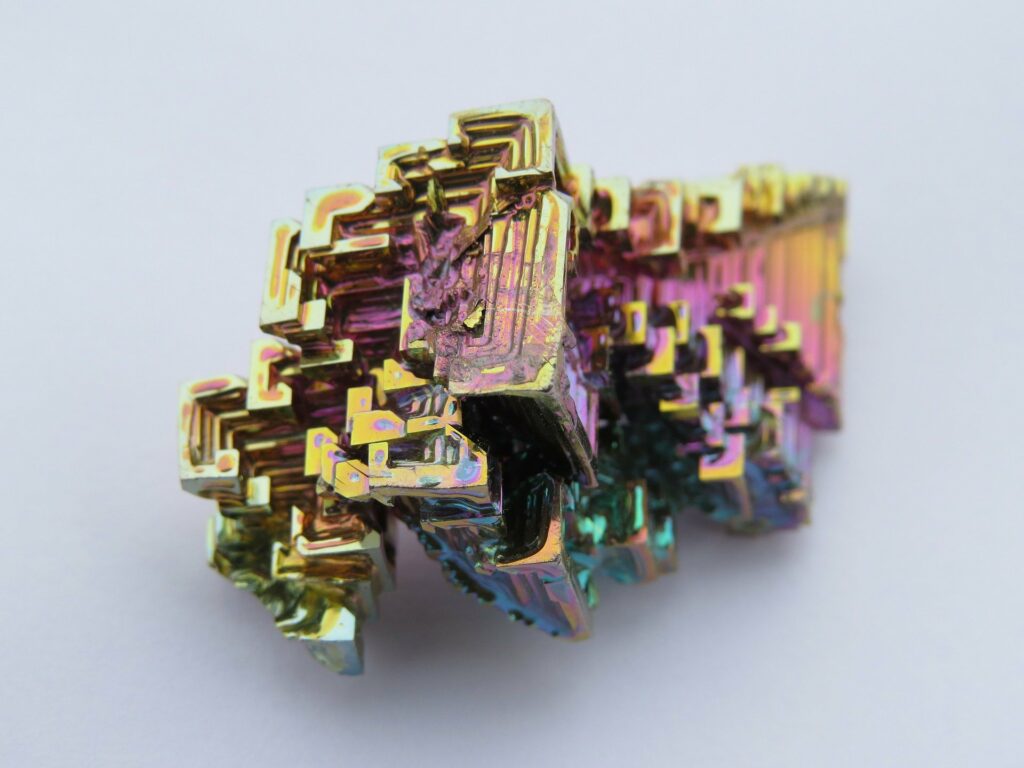
The most metallic and most minor plentiful element in the nitrogen group is bismuth (Bi). Bismuth is a hard, brittle, lustrous metal with a coarse crystalline structure. It’s colour—grey-white with a reddish tinge—distinguishes it from all other metals.
Applications: Bismuth is utilized in fire alarms and extinguishers, as well as electric fuses and solders.
Summary
This world is full of thousands of unknown types of metals that our scientists still didn’t discover. We are still waiting to see those unknown excellent elements that we can use in many industrial sectors in the future.
However, today’s article discussed the twenty most commonly used metals in the world. We have categorized them into ferrous and non-ferrous groups. In addition, we have also pointed the application for each of them.
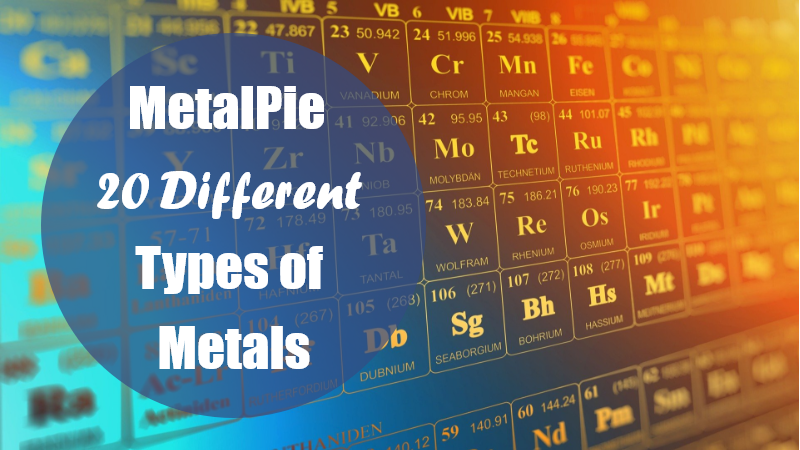
Leave a Reply
You must be logged in to post a comment.